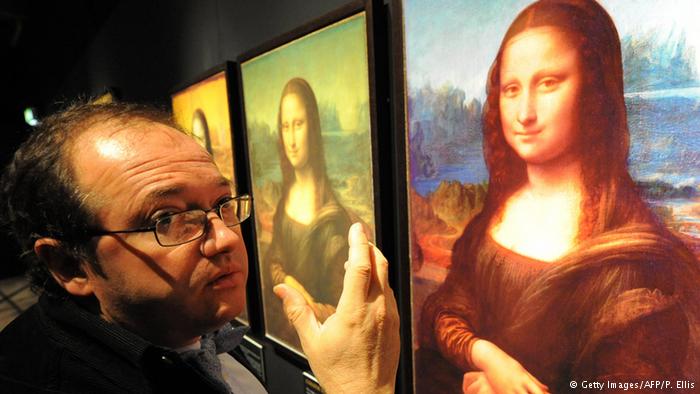Lace metal light bulbs and a full-size minbar (pulpit in a mosque); a fantastic wooden vase and ceramic panneaux inspired by the geometry of fruit–these are the creations of students in the Art Jameel programme.
The objects that are born when time-worn Egyptian techniques are applied to contemporary concepts prove that traditional crafts are far from extinction. Rather, they successfully hold a new space for themselves in the modern world of design.
Seventeen fresh graduates of the Art Jameel Programme for Traditional Arts received their diplomas last week at the Fustat Traditional Crafts Centre. In the presence of the media and honoured guests, including Dr. Neveen El-Kilany, head of the Cultural Development Fund at the Egyptian Ministry of Culture, they shared their plans regarding their future projects and presented works in ceramics, wood, and metal.

Each of the handicrafts carries both familiar Egyptian elements and the individual style of the artist.
“It is not easy to point out whose work I like best this year. All our students are like children to us,” says Khaled Azzam, director of the Prince’s School of Traditional Arts based in London.
“We see different potential in people and just help to bring it out. It is the most pleasing thing to see them discover what they have in them already. The overall quality of the products presented by the students is getting better and better every year,” according to the organisers.
Established in 2009 by Art Jameel, the Community Jameel initiative aims to train young Egyptians in the traditional arts, in collaboration with the Prince’s School of Traditional Arts and the Egyptian Ministry of Culture. During the two-year course, the students learn four traditional craft styles along with general art theory and supporting subjects, and immediately start putting their skills into practice.
“In Egypt, we have the craft, but we don’t have the systematic way of learning it,” said Ola Said, one of this year’s graduates. “I liked it very much at Art Jameel because it has a very structured curriculum. We had classes three days per week but were actually working full time on the assignments.”
“Also, we have people coming from England to give us additional training in design, colours, and other things like that,” she added.
Ola’s own graduation work is no less than a suggestion to Cairo authorities to replace the not-so-good looking water coolers with traditional sebil (public water fountains) around the city. She has presented an example of one such object in ceramics.
Many of the attendees in the course are women, and even the large carved wooden door displayed at the exhibition was made by a female student, Marwa Hassanein.

“Apparently in Egypt it seems to be the women who are taking the lead in crafts,” Azzam points out. “Women in Egypt are strong. These ladies are working with heavy machinery, forming clay, and cutting wood.”
From Azzam’s point of view, such handicrafts empower women. “It’s a sector of work that they can benefit from. Most of these things can be made in home industries or very small-scale machinery, so the women really can generate income for themselves,” she said.
How the students apply their skills after the course is over is one of the concerns of the educational programme.
According to Renata Papsch, general manager at Art Jameel International, most of the course graduates from previous years are working in the same field now. “Many of them have formed companies together, while some of them teach handicrafts. Actually, the group of teachers that are teaching now is the first group of students that we taught here.”
Candidates have already been selected by interviews to enter the course in academic year 2016/17. Soon they are to discover the wonders of geometry, observational drawing, decorative floral patterns, painting, and colour theory, as well as the crafts of woodwork, metalwork, ceramics, gypsum, and stained glass.
The applicants come from diverse social and professional backgrounds. “We had engineers, business people, and university graduates. We even had farmers,” Papsch explained. “We received applications from Egyptians from all over the country, which makes us very happy.”
For those who will miss this short-term display at Fustat, another chance will come in January 2017, when an expanded version of it will be shown at the British Council in Cairo.
The students will produce special works for the exhibition. Some objects will also be for sale, as the organisers have already received many requests from visitors willing to carry home a piece or two.
The crafts are displayed at Fustat Traditional Crafts Centre until 1September between 10am and 4pm.



